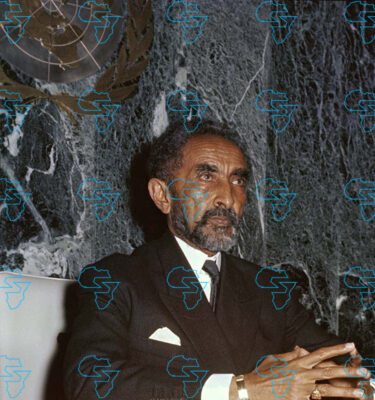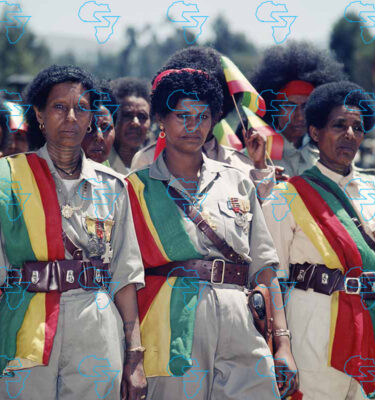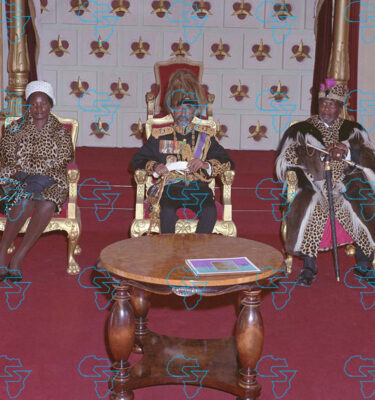
The Oromo Liberation Army (OLA) has been embroiled in several contentious issues, with accusations of abductions being a focal point. This armed faction operating in Ethiopia has faced allegations of violating human rights, particularly through the kidnapping of innocent civilians. These claims are typically intertwined with broader assertions of violence and unrest linked to the group within the Oromia region and other areas. Despite persistent accusations, the OLA maintains its innocence by asserting that their activities are directed solely towards military and governmental entities, not civilians. Moreover, the OLA has pointed fingers at Ethiopian government troops for concocting…
Numerous accounts have surfaced regarding the OLA’s abduction of civilians, such as educators, learners, and public servants. These kidnappings are allegedly employed as a means to apply pressure on the government and nearby populations. OLA has issued a declaration denying any involvement in the recent kidnapping of students from Debark University close to Garba Guracha town in Oromia’s North Shewa zone. The armed faction attributes the blame to individuals associated with the ruling Prosperity Party (PP), asserting that the abduction was executed by “local ruling-party cadres, spies, and security forces.”
OLA issued a statement in response to a recent event where the organization was alleged to have abducted more than 100 students from Debark University on July 3, 2024, in the vicinity of Garba Guracha. The students were en route from the Amhara region to Addis Ababa at the time of the incident.
The parents of the kidnapped students identified the abductors as “Shane,” a term employed by government authorities to label the armed faction OLA, as reported by the BBC. Following this, on July 10, 2024, the Oromia Communication Service Bureau declared that out of the 167 students reportedly taken by what officials characterized as an “extremist and terrorist force,” 160 had been freed through a “meticulous operation.”
The Director of the Bureau, Haylu Adugna, relayed to the state media that the security forces of the government successfully rescued the students. Nevertheless, families have shared a different perspective, voicing their continued worries about the safety of their children. Parents, in discussions with Addis Standard, have described their regular communication with the abductors, who are requesting a ransom in exchange for the release of their children.
The father of the kidnapped student disclosed that despite the government’s assurances, the kidnappers are insisting on a ransom of one million birr for his daughter. Conversely, a farmer and parent expressed his inability to meet such demands, thereby casting doubt on the fate of his abducted daughter.
Disputing the information provided in official statements, a sibling of one of the abducted students declared that the news of their liberation reported in the media is “completely inaccurate.” The individual stressed that their sibling is still being held captive, and the abductors are continuously requesting ransom money.
TH
.
.
.
#OLA #Controversy #Kidnapping #Allegations #Denials
Source link











